Mumbai: The APAC 9th Sustainable Water Management Conclave was held on June 7th in Mumbai. It saw several key stakeholders from across India, including representatives from Karnataka, Delhi, Madhya Pradesh, and Maharashtra, deliberate on the importance of leveraging technology for effective water management. The theme of this year’s conclave focused on the integration of digital solutions for water network management, highlighting their benefits, challenges, and opportunities.
The keynote address was given by IAS officer Sanjay Balsare, Secretary of the Water Resources Department, Government of Maharashtra. He gave an overview of the initiatives undertaken by the Water Resources Department of Maharashtra, like the case study on the Krishna basin that demonstrated the use of real-time data collection and forecasting to manage water resources efficiently.

Balsare also talked about the Maharashtra Climate Resilience Development Project (MCRDP) that focused on climate resilience in Kolhapur and Sangli in partnership with the World Bank. He talked about e-governance projects like the implementation of digital solutions for project monitoring, service delivery, and asset management. He also informed about various innovative technologies, like the use of drone technology for crop assessment and smart metering for water usage monitoring.
“Participation is the basis because that is one layer where we have to build upon. We look forward to better water management in the future so that we can satisfy the demands of various sectors. For that, collective effort from all stakeholders is essential. Not only is the Water Resources Department, but other departments and stakeholders must work together,” Balsare said.
IAS officer Aman Mittal, Deputy Secretary, Water Supply and Sanitation Department, Government of Maharashtra, the key speaker in the conclave, discussed the need for forecast-based water management and the role of technology in decision-making processes. He cited lessons from the Kolhapur and Sangli floods and discussed the importance of timely and accurate data for disaster management.

He talked about the necessity for policies that are adaptive to better accommodate growing water demands in urban and industrial areas and the importance of systematic data collection and predictive analysis for effective water resource management. He also suggested the development of future strategies that would help increase water supply through innovative recycling projects, particularly in urban areas.
Amritanshu Kumar, Segment Head of Water & Wastewater at Schneider Electric India, talked about digital integration and infrastructure efficiency for sustainable water management. He informed that water management takes up 3-4% of global electricity and experiences up to 50% water loss, and these losses need to be reduced.

Kumar discussed the Jal Jeevan Mission and AMRUT Mission which ensures water availability and aligns with UN SDG goals. He pointed out key challenges such as providing safe drinking water, capex constraints, workforce aging, and data management. He suggested using real-time data systems and digital twins for efficient water management. “We say we are your digital partners for your smart water journey. Let’s help us make our technology and infrastructure more sustainable and reliable for the future,” Kumar said.
Arvind Kakru, Vice President- Industrial Automation, Schneider Electric, presented an industry perspective and spoke about the contributions that Schneider Electric has made towards water management through advanced technologies. He talked about the importance of reducing water wastage through automation and digital solutions. He also suggested leveraging data for energy-efficient water treatment before distribution and encouraged collaboration between government and private sector to enhance water management technologies.

Kakru said, “What we right now need is to actually come out of our thought processes to increase our standards of water supply. Like in water supply and sanitation, what I always say is we can probably look at something like water supply becoming equivalent to electricity supply. One thing that differentiates is the quality of service. Can we guarantee quality of service to our customers, the citizens of the country?”
Ajay Singh, Superintending Engineer at Maharashtra Jeevan Pradhikaran, discussed MJP’s efforts to implement IoT in rural areas under the Jal Jeevan Mission, involving 929 schemes, including 389 multi-village schemes. The IoT measures water from source to end distribution, ensuring quality and pressure through sensors, and data monitoring from their head office. It also integrates 380 schemes on the Geographic Information System (GIS) platform for better monitoring and asset management.

Singh stressed the need for proper water measurement while noting the high cost of smart meters and the potential to convert existing mechanical meters. He mentioned the MAR GD project, which manages water flow between dams, inspired by Australian practices. Singh also highlighted the importance of making hydraulic models more accurate to real-world conditions to make them more effective and transparent.












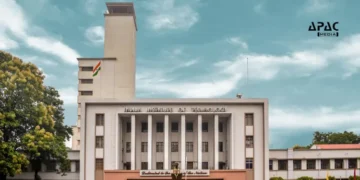
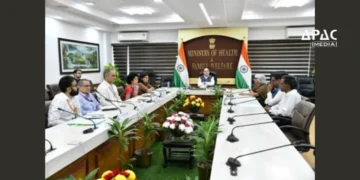
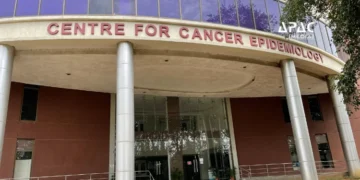

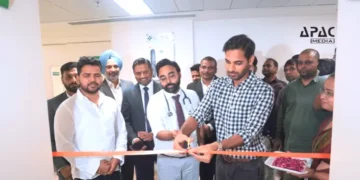

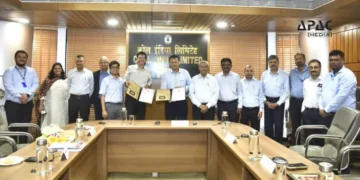
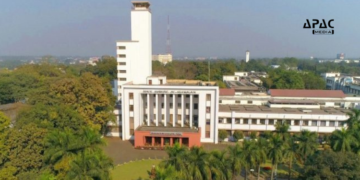
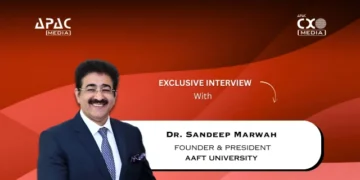
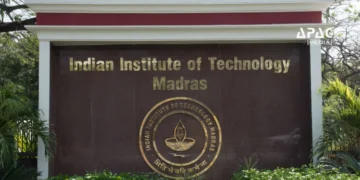
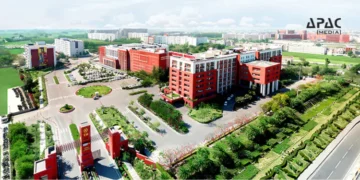
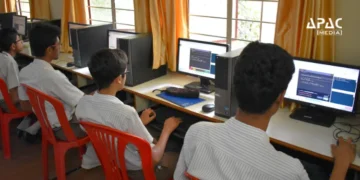
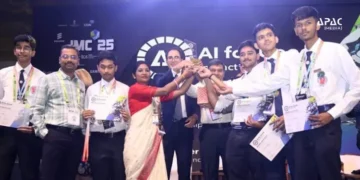
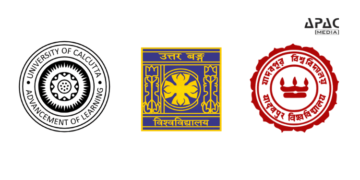
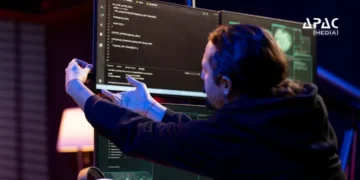
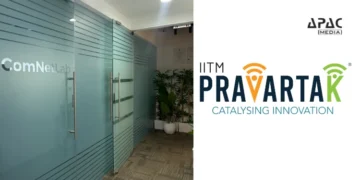
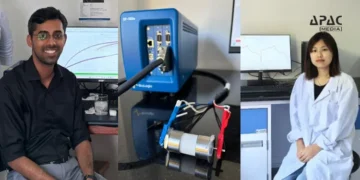
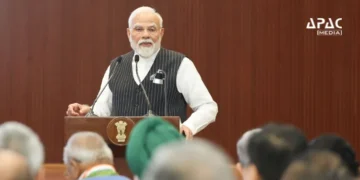

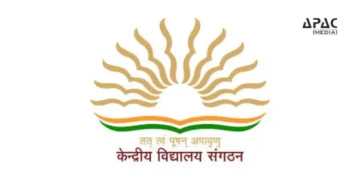
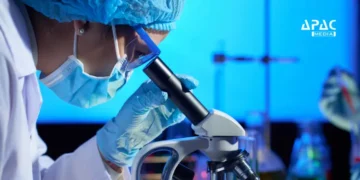
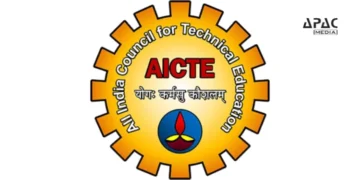



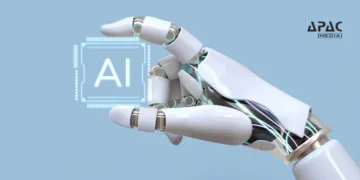
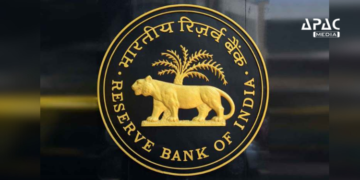
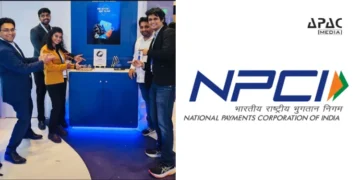


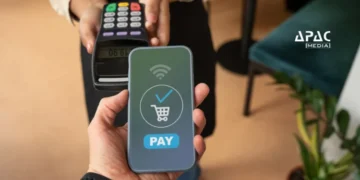
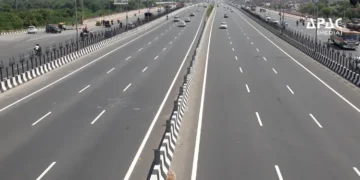

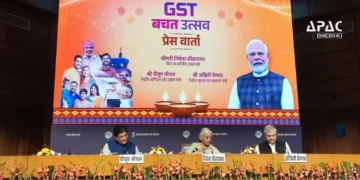
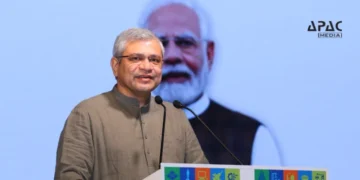
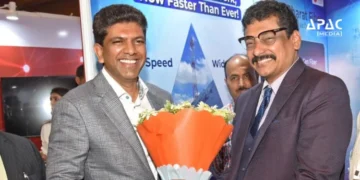
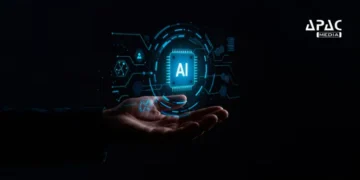




















Discussion about this post